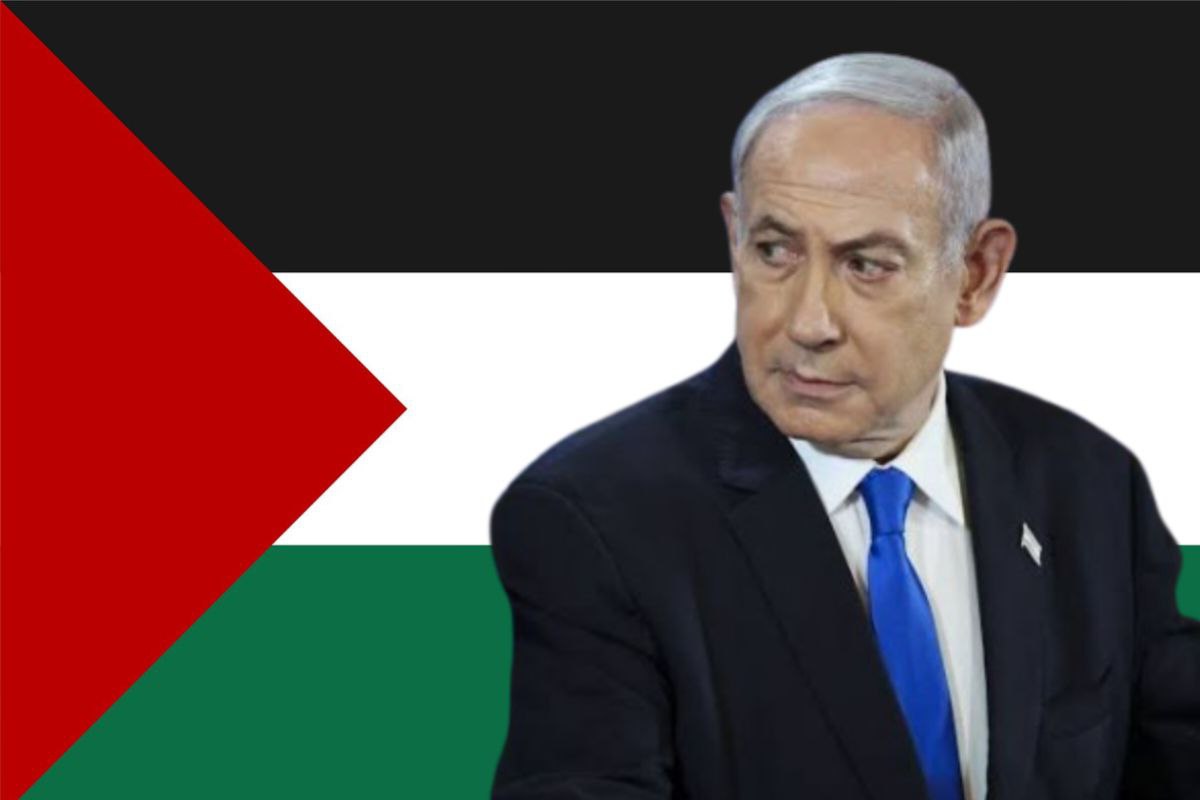Israel and Hamas are inching closer to a 60-day ceasefire deal, with hostage releases and key security issues at the center. President Trump and PM Netanyahu express hope, as indirect talks continue amid intense conflict and humanitarian crisis in Gaza.
Israel And Hamas Ceasefire Talks Progress as Hostage Deal Nears
Ceasefire talks between Hamas and Israeli officials are showing signs of progress, with momentum building after Hamas announced its willingness to release 10 hostages. The breakthrough came after four days of indirect negotiations brokered by Qatar and supported by international mediators.
Despite this step forward, Hamas has pointed to several remaining challenges. These include ensuring humanitarian aid can enter Gaza without restrictions, military withdrawal from key areas, and the establishment of enforceable long-term peace guarantees. Still, the hostage offer is being taken as a critical gesture of flexibility.
President Donald Trump addressed the developments, saying, “We’re talking about Gaza for the most part. I think we have a chance this week or next week, not definitely. There’s nothing definite about war and Gaza and all of the other places that we all deal with so much. But there’s a very good chance that we’ll have a settlement, an agreement of some kind.”

Prime Minister Benjamin Netanyahu echoed a similar sentiment in an interview with Fox Business. He confirmed that discussions are heading toward a 60-day truce. Under this proposal, half of the living and deceased hostages would be returned as part of a phased release.
Out of the 251 hostages taken during the October assault on border communities, 49 remain in captivity. Of those, 27 have been declared dead by defense sources.
Military Chief Ayal Zamir stated that recent operations have weakened the enemy’s control structures. He credited the current momentum to sustained military pressure that has shifted the balance on the ground, creating space for a deal on the hostages.
However, violence continues across Gaza. On Wednesday, explosions shook the north as troops began encircling Beit Hanoun following the deaths of five soldiers in the area. Ground operations intensified, with additional reinforcements moving in.
In the southern region near Khan Younis, another service member was killed during an attempted abduction by militants. The attackers emerged from a tunnel and targeted an excavator operator. Security forces responded quickly and prevented the militants from taking the soldier’s body.
Tragically, Gaza’s civil defense agency reported that 26 civilians, including six children, were killed in airstrikes on the same day. The total death toll in the region has now surpassed 57,680 according to local health authorities.
On the diplomatic front, Netanyahu met with U.S. lawmakers during his visit to Washington, D.C., where he held a second meeting with President Trump. Speaking before the talks, the prime minister emphasized that there are no plans to displace civilians from Gaza, despite continued military activity.
President Trump reaffirmed his belief that a deal is “very close,” although he didn’t share specifics. The meetings come amid growing pressure to reach an agreement that can bring relief to civilians, secure the release of remaining captives, and reduce hostilities.
Negotiations are expected to continue over the coming days. The region now waits to see whether this mix of military leverage and diplomatic engagement can finally yield a pause in fighting — and perhaps, the beginnings of lasting stability.
Disclaimer:
This article is intended solely for informational and journalistic purposes. All facts, figures, and statements included are based on publicly available reports, official briefings, and recognized news sources as of the time of publication. Due to the evolving nature of armed conflicts and diplomatic negotiations, some information may become outdated or subject to change.

